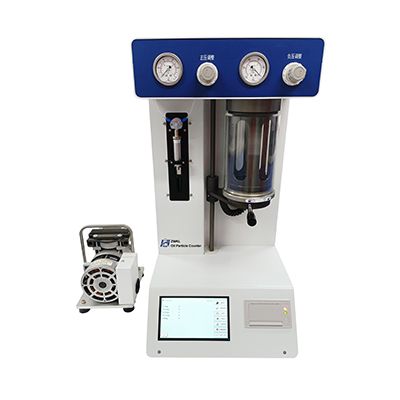Replenishing viscosity test equipment typically involves adding or replacing the testing fluid or oil used in the viscometer.
Here’s a general overview of how replenishment is typically carried out:
- Selection of Testing Fluid: The first step is to select the appropriate testing fluid or oil for the viscometer based on the type of viscosity measurement being performed and the specifications of the instrument. The viscosity of the testing fluid should cover the expected range of viscosity values for the samples being tested.
- Preparation of Testing Fluid: If using a new batch of testing fluid, it may need to be prepared according to manufacturer instructions. This could involve mixing or diluting the fluid with specific solvents or additives to achieve the desired viscosity and ensure compatibility with the viscometer.
- Draining Old Fluid: If the viscometer currently contains old or used testing fluid, it needs to be drained or flushed out of the instrument. This is typically done by opening valves or ports on the viscometer to allow the fluid to flow out into a waste container.
- Cleaning and Maintenance: Before replenishing with new testing fluid, it’s important to clean the viscometer thoroughly to remove any residue or contaminants from the previous testing fluid. This may involve flushing the instrument with a solvent or cleaning solution and wiping down internal components.
- Refilling with New Fluid: Once the viscometer is clean and prepared, the new testing fluid can be replenished. viscosity test equipmentThis is typically done by pouring or injecting the fluid into the viscometer through designated filling ports or openings. Care should be taken to avoid introducing air bubbles or contaminants into the fluid during replenishment.
- Calibration and Verification: After replenishing the testing fluid, it’s important to calibrate and verify the performance of the viscometer to ensure accurate and reliable viscosity measurements. This may involve running calibration standards or reference samples through the instrument and comparing the results to established benchmarks.
- Regular Maintenance: To maintain the performance of the viscosity test equipment, it’s essential to follow a regular maintenance schedule, including periodic cleaning, calibration, and fluid replenishment. This helps ensure the accuracy and reliability of viscosity measurements over time.
By following these steps, viscosity test equipment can be replenished with new testing fluid effectively, ensuring accurate and reliable viscosity measurements in various applications.

